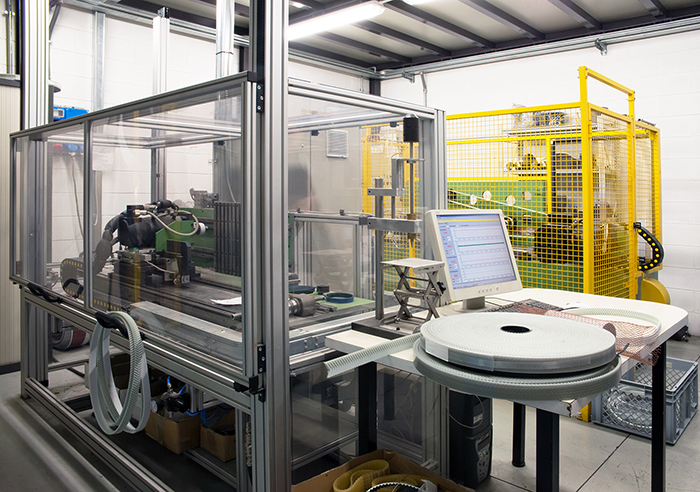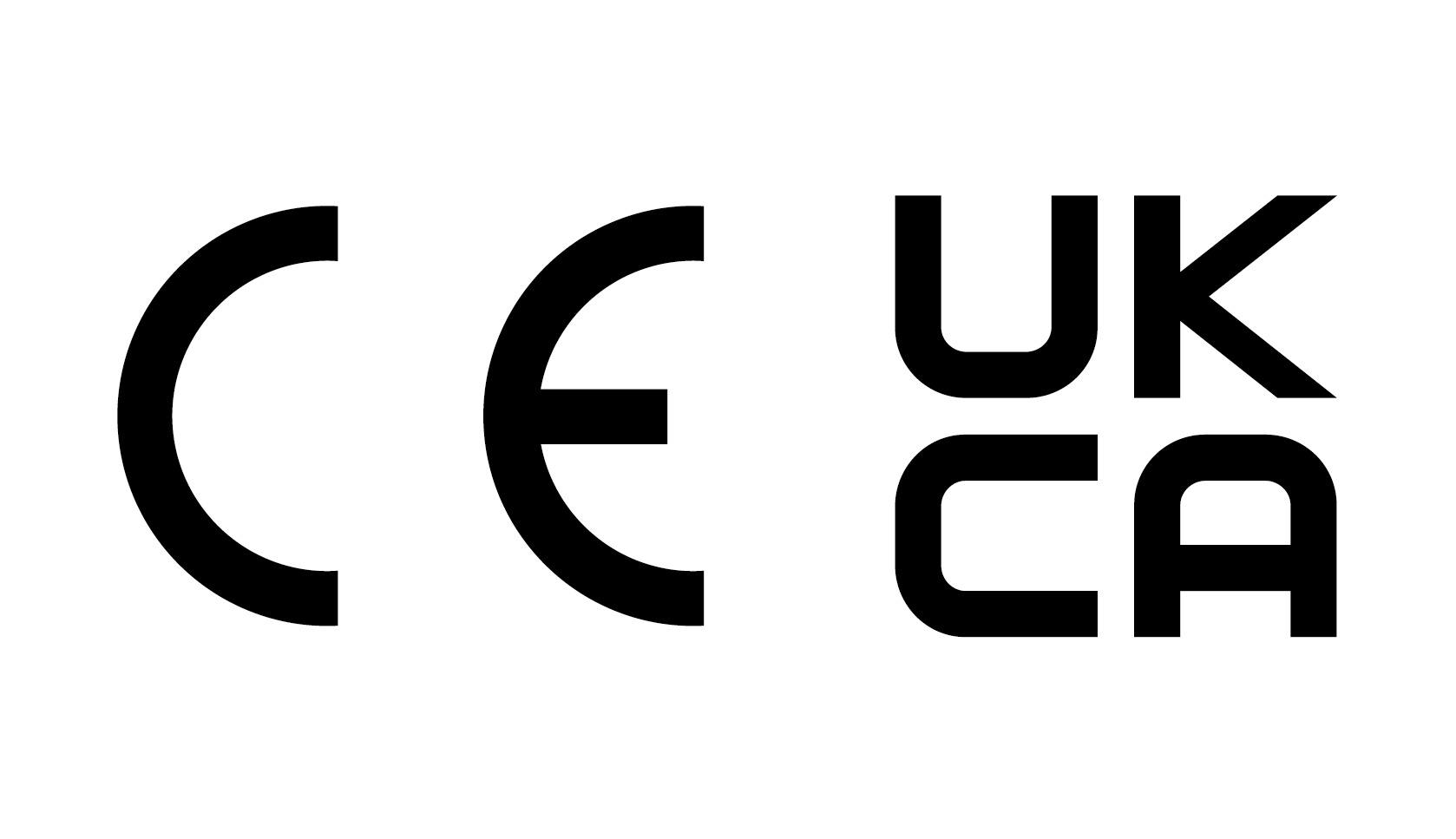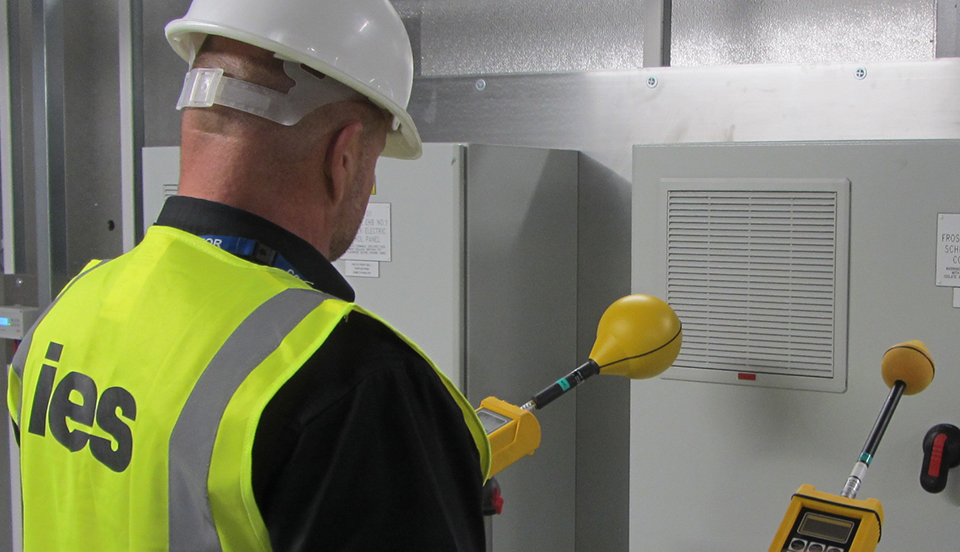Importing Capital Equipment: Complying with UKCA Marking
Many manufacturers require the importation of mechanical, electrical, and electronic manufacturing equipment into the UK.
We're actively recruiting for a range of roles across sales, engineering, IT and warehouse. Check our careers page to see open positions including apprenticeships.

Whether you’re moving a single piece of equipment or an entire production line, our trusted team of engineers can support every step of your move, from rigging to end-to-end relocation support across the globe.

Looking to import high-technology capital equipment into the UK from a country outside of the UK for use in your factory?
The importation process can already be a tricky web of documentation and processes. But it becomes even more complex when you add high-technology equipment into the mix.
That’s because high-technology capital equipment must adhere to multiple regulatory requirements to ensure compliance with UK laws and international trade agreements.
However, understanding and correctly handling the required documentation upfront will save you much time, costs and headaches down the line.
In this guide, we’ll break down the essential documentation and certifications you’ll need for importing high-technology capital equipment into the UK.

High-technology capital equipment frequently falls under industry-specific regulations and requirements.
So, before you start the importation process, you’ll need to research which regulations and requirements apply and gather the required documentation to prove compliance:
Next, check if the equipment is subject to any import restrictions, and the rules surrounding them. For example, some items might need special permits or licenses for importing.
You can use the UK Trade Tariff to find the commodity code for your goods. This helps you not only check import restrictions but also determine customs duties and taxes.
Notably, semiconductor equipment imports (including equipment used for the manufacture of semiconductor devices, electronic integrated circuits, flat panel displays, parts and accessories) are duty-free.
Finally, if you aren’t already registered as an importer in the UK, you’ll need to obtain an Economic Operator Registration and Identification (EORI) number.
This number is essential for customs declarations and is used to track and register your business as an importer within the EU and UK systems. You can learn more about how to apply for and obtain an EORI number via the Gov website here.
Even if you’re importing equipment for internal use and not for resale, you need a commercial invoice.
Your commercial invoice helps customs authorities determine import legitimacy, assess duties and ensure compliance with trade regulations. It should include:
A detailed packing list helps customs officers verify the contents of your shipment and ensure it matches the commercial invoice.
List out the contents of each package you’re importing, including:
The Bill of Lading (for sea freight) or Air Waybill (for air freight) serves multiple purposes.
First, it serves as a receipt provided by the carrier to the shipper that acknowledges goods have been received for transportation. Second, it establishes the terms and conditions of transport. Third, it confirms ownership and control of equipment during transit (essential for claiming goods upon arrival).
It should include:
This document is essential for tracking the shipment, resolving any issues during transit and ensuring that the goods are delivered to the correct recipient.

You’ll need to use a Customs Declaration Form (also known as the C88 or Single Administrative Document (SAD)) to declare the imported equipment to UK customs.
This form ensures your equipment is legally compliant and correctly processed through customs.
You’ll need to fill out several sections on the form, including:
Ensure all information you provide in your Customs Declaration Form matches the details in your accompanying documentation. Otherwise, you could face customs inspections and delays, duty reassessments, shipment seizures, and even fines and legal action.
The Certificate of Origin (CoO) is a legal requirement for importing equipment into the UK. It declares the country where the equipment was manufactured or produced, and is essential for customs and trade.
The UK has various trade agreements with different countries, which can affect import duties and taxes. So, the country of origin (stated on the CoO) can significantly influence the duty rate applied to your equipment based on trade agreements between the stated country and the UK.
If the equipment comes from a country with a favourable trade agreement, you may benefit from reduced duty rates.
The certificate should be supported by other documentation that proves its origin, such as production records, invoices and shipping documents.
For certain types of high-technology capital equipment, you’ll need to possess specific licenses and certificates before you can import them.
Import licenses are typically required for equipment that could pose a risk to health, safety, security or the environment. This includes medical, aerospace, biotech and pharmaceutical equipment.
Importantly, you’ll also need to ensure the equipment has a valid UKCA or UKNI mark before import.
UKCA is the required product marking for products, equipment and machinery being imported into Great Britain (England, Wales and Scotland), while UKNI applies to Northern Ireland. You can learn more about complying with UKCA marking while importing capital equipment in our blog here.
Higher-risk, high-technology capital equipment often needs to comply with specific health and safety standards for import into the UK.
And non-compliance can result in significant delays, financial penalties and even the rejection of your shipment.
Here’s some of the relevant documentation you might need to prove that the equipment is safe for use and complies with regulatory standards:
At IES, we have decades of experience transporting and importing capital equipment into the UK for high-technology manufacturers worldwide.
We can handle the entire process from start to finish, from de-installing, packing, and shipping your equipment to customs clearance, transport to your facility, and installation.
Get in touch to discuss your requirements
Stay up to date with the latest news and resources from our experts.

Many manufacturers require the importation of mechanical, electrical, and electronic manufacturing equipment into the UK.

Product marking is crucial for retaining market access, adhering to local legal requirements and offering safety and quality assurances to customers.

Are you a manufacturer looking to supply a product, equipment or piece of machinery to markets in Great Britain (England, Wales and Scotland)?